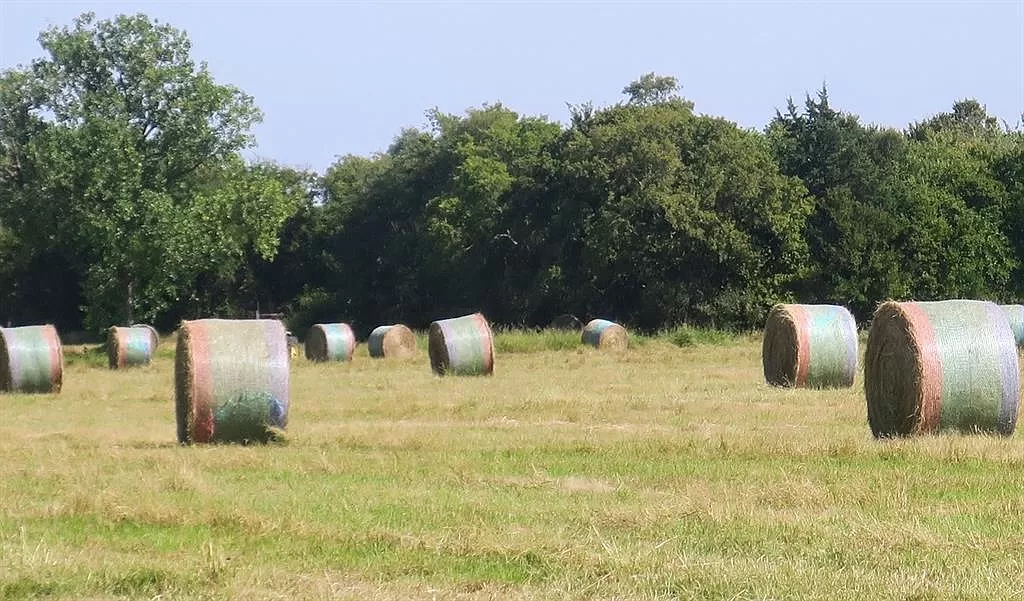When one starts reading or learning about grasses one would not be scorned for wanting to find the prickliest patch of thorns and jumping in them rather than learning about grasses trust me, I know… But understanding how grasses grow and what they need is a vital component to understanding your ranch. My professor at TCURM once told me that we are not cattle farmers we are bug farmers managing the “bugs” or cilia in the cattle rumen to help them grow as efficiently and healthy as possible having a good understanding of your pasture can mean the difference between a 3 CWT calf to a 5 CWT calf.
Basics
Here on my blog, I like to keep things simple and break down complex discussion into bite size consumable bits of knowledge so with that idea in mind lets keep it simple.
There are several ways to break down the different types of Texas grasses for my purpose I want to focus on three main ways that will help in understanding the bigger picture. Those are:
- How the grass got there?
- What time of year does it grow?
- What is the frequency of the growth?
How the grass got there.
When referring to this I am talking about understanding is the grass native grass or an introduced grass. In the vast and very exciting world of grasses we must look at how did they get there and when did they being growing at that location. Long before man came around much of Texas was in the mid and short grass prairies most of these grasses have evolved naturally creating defenses to help them survive drought, grazing from buffalo and wildfires. Therefore, we refer to them as native grasses because they are “native” to the area. Some of these grassesare known as the big four: Big Blue, Little Blue, Indian Grass and Switch Grass
On the other side we have introduced grasses idk if you are seeing a trend here but if you are good on you if not you should re check your life decisions and what brought you here reading my blog… Introduced grasses are just that grasses that have been introduced indirectly or directly by man or nature. This includes grasses such as buffalo grass, bermudagrass, klein grass and lovegrass. Now these can be altered grasses such as the vast different types of Bermudagrass such as Tifton 85 or simple grasses such Old-World Bluestem that originate from different parts of the world but in one way or another found their way to Texas; these grasses are sometime referred to as invasive grasses.
What time of year does it grow?
Cool Season
Typically, cool season grasses begin to show up when the temperature in the soil is from 40 to 45 degrees with their optimal temperature range being from 65 to 75 degrees. During the summertime the cool season plants will go dormant waiting until the fall time. Some example cool season grasses include Wheat, Rye, Fescues and Ryegrass.
Warm Season
Warm season plants use less water to make dry matter, beginning to grow when soil temperature is between 60 and 65 degrees with optimal growing temperatures being between 90 and 95 degrees. Warm season grasses are generally lower in crude protein however, they are used more efficiently by ruminant animals. Examples of warm season grasses include Corn, Sudan grass, big blue stem, Indian grass, bermudagrass and the old-world blue steams
What is the frequency of growth?
Essentially, we are asking is the grass a perennial or an annual grass?
Perennial refers to grasses that come back without having to replant or are continually reoccurring, these types of grasses typically have deeper roots and have a higher resistance to things such as drought and overgrazing. These plants come from either a seed or through a process of tillering/ sod forming. An example of a sod forming perennial grass would be Bermuda grass. Examples of Bunchgrass include ryegrass and tall fescue.
An annual plant means that is going to complete its lifecycle and dies in one year or less. These types of plants for the most part need to be replanted every year from either natural process such as blooming and seeds being carried by plant/animals or planted using a drill or seeder. Common Annual grasses include annual ryegrass, annual bluegrass pearl millet and sorghum/Sudan grass
Summary
There are several different ways to categized grasses and break them down, my intention with this post is merely to provide a 30,000ft view and a few simple ways to point you in the right direction when identifying what types of grasses, you may have. By being able to understand if the grass is a native or an improved, what time of year it grows and how it spreads, or inputs needed you will be on the right path to improving your pasture.
